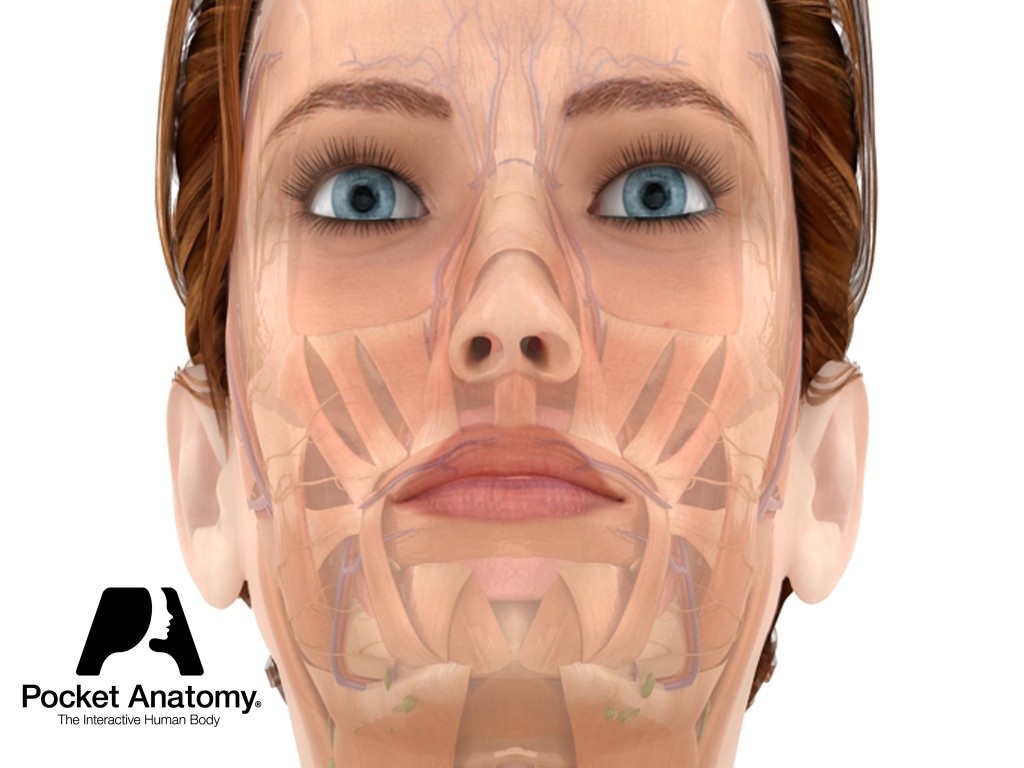Globally, eye conditions that lead to the most debilitating disorders are blindness as the result of infection or cataracts, and trauma as the result of injuries sustained at home or at industrial sites. In underdeveloped areas of the World, infections that affect eyesight and may lead to blindness include trachoma, onchocerciasis, and leprosy. In developed areas of the World, herpes is the leading cause of blindness.
Eye Conditions – Trauma to the eyes
In one study in Australia, occupational activities accounted for 38% of eye trauma presenting to an emergency department; 32% to activities outside the workplace; and over 15% to leisure and recreational activities.
Raising awareness of eye health and safety
Eye health and eye conditions are often in the shadow of the larger health issues. To raise awareness of this topic, two groups are designating March as their observance month: One is workplace eye wellness and the other is vision safety awareness. Eye injuries in the workplace account for over 2000 incidents/day in the U.S. (over 700,000/year). Of these, over 20,000 required workers to lose productive days. Wearing protective eye wear such as safety glasses or a face shield that fits comfortably, reduces glare, and does not obstruct vision, will prevent airborne particles, chemicals, and hazardous light rays from damaging the eyes.
Save Your Vision month, is sponsored by the American Optometric Association (AOA), to highlight the importance of routine eye examinations. The AOA suggests the following schedule for eye exams: 6 months of age; 3 years old; before starting school; every two years until age 60; annually after 61. When detected early through routine eye exams, vision loss resulting from diseases such as glaucoma, macular degeneration, and diabetic retinopathy may be reduced.
Eye safety in the digital age
Eye safety in the digital age spans traditional workplace, home, and entertainment venues; it has made healthcare providers and employers take a different “look” at the problem of eye injuries and eye conditions and the preservation of eye health. The overuse of digital devices—tablets, cell phones, and computers, for example—can have a significant impact on eye health. A recent report issued from The Vision Council states that 70% of adults described various levels of digital eyestrain from the increasing use of computers, tablets, and smartphone screens.
In addition, and AOA survey revealed that 83% of children aged between 10 and 17 use an electronic device for more than 3 hours/day, while only 14% reported taking a break to rest their eyes. The American Optometric Association recommends the 20-20-20 rule to reduce strain from overuse of digital products: a 20-second break every 20 minutes to focus on objects at least 20 feet away.
Other than the workplace, eye injuries can occur commonly around the house, with do-it-yourself projects, cooking, yard work, and sports injuries. Awareness of situations that may lead to eye injuries, and preparation by having the correct protective equipment available, will improve the prevention of harm to the eyes. Teaching children and young adults the importance of protecting their eyes will give them the tools they need to keep their eyes safe for a lifetime.
Clinical Perspective
This blog on eye safety is excellent and so important for the public’s health. Regularly we treat injuries that should never have happened. They could have been prevented by taking proper safety steps pointed out by Ms. Seidman. These preventable injuries are painful, costly, require time off work and sometimes damage the vision permanently.
For children, increasing nearsightedness (myopia) has reached epidemic levels. This is associated with long computer use with no breaks, excessive cell phone use, holding reading material too close and other factors. Fortunately, we have methods to control myopia, so don’t forget to schedule an annual exam with your eye doctor.
Caroline Guerrero Cauchi, OD, FIAO
San Diego, California.
Interested in taking our award-winning Pocket Anatomy for a test drive? 





